Happy Halloween! Over the years horror has been a well-received genre for anime and manga fans, particularly because ever since the mid-90s, anime was considered to be something exclusively for children by westerns. Horror artists never held back by depicting content that was in no way suitable for children. As sort of a cheap sucker-punch that it is, horror anime has been the fast track genre for the sake of arguing “anime isn’t for kids!”
Let’s count back the years of some of the most memorable and possibly now-obscure horror and supernatural titles, perfect to binge through this October.
Castlevania (2017-Present)
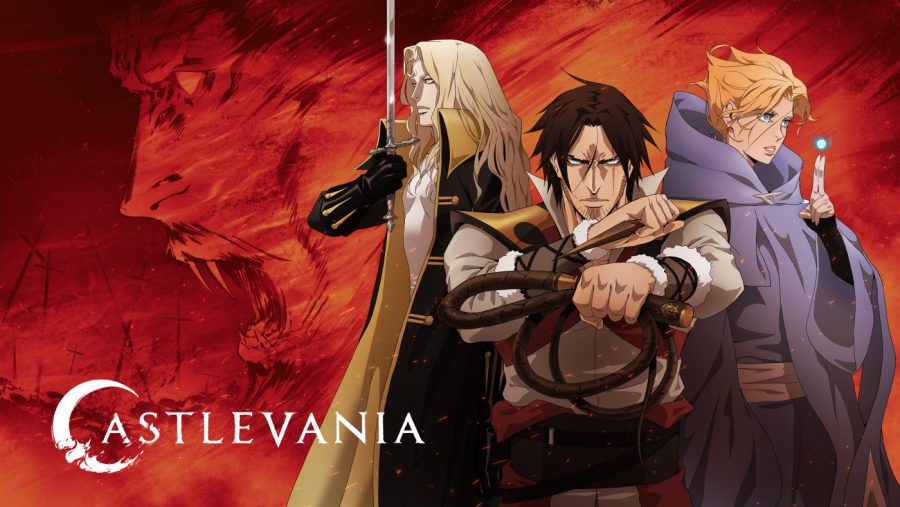
An archaic video game icon and the origin of “What is a man? A miserable pile of secrets!” The film rights to Castlevania III: Dracula’s Curse had just been sold in 2007. Underworld was taking the box office one installment at a time like clockwork. The Twilight Saga was in full hype, and the world was starved for any vampire media possible. It all seemed like the perfect time for Castlevania to receive a big-screen adaptation of its own, but sadly the stars didn’t align until a decade later with a Netflix series, currently already reissued for a 3rd season.
She was human. He was a vampire. It’s a story we’ve heard before, and thankfully this one doesn’t involve mediocre body glitter. Though living in isolation, Dracula learned to love and care for humanity upon a chance encounter that leads to a loving relationship and marriage with a human. Having never been turned into a vampire herself, his wife continued her life with other humans which resulted in her being burned at the stake, accused of witchcraft.
Fueled by hatred and sorrow, Dracula vows to kill every human alive in the country after one year’s time, giving them a grace period to make their peace…and so he does. After a year of waiting the gates of Hell are opened for Dracula’s army of demons to parade across the land, pillaging all to their heart’s desire.
Trevor Belmont is the only man with the skills needed who can possibly stop Dracula’s reign of terror, and so his fight against the forces of the underworld begins!
Death Parade (2015)
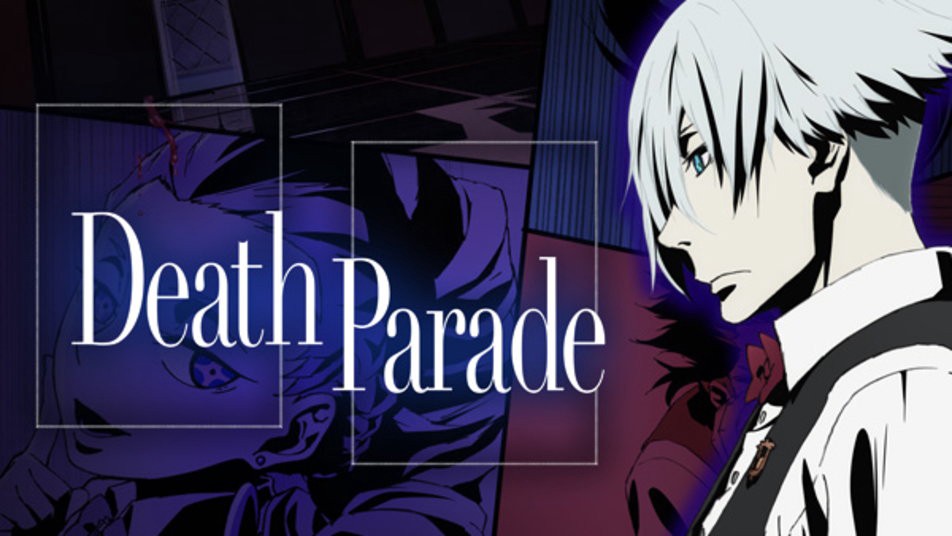
Upon the death of two people at the same moment, they are unable to pass through the gates to their respective afterlife and are instead sent to a temporary rift in purgatory. With their memories erased, the two departed find themselves in a night lounge, free to play one of several games together from darts to bowling, billiards, etc. As they play their game, memories start to slowly return to them, shifting the mood from a calm, collected evening together which often results in torturous events until they finally realize that they are both already dead. In the end, those operating the game judge the departed based on their time spent and one will be allowed to reincarnate in the real world, while the other is banished to the underworld.
The twist? One day, a woman arrives at the bar alone, aware of her death, but not exactly how she died. With the incredibly rare opportunity to interact and learn about humanity from a human, the overseers take the opportunity to employ her for as long as possible.
As grim as it sounds, Death Parade isn’t exactly scream-baiting. Each episode features a different story, a different game, and a shocking outcome. It’s an emotional series that will have you in tears at several points, and with an ending that will leave you grateful for your life, your loved ones, and begging for more.
Don’t let the joyful opening sequence fool you.
Corpse Party: Tortured Souls (2013)
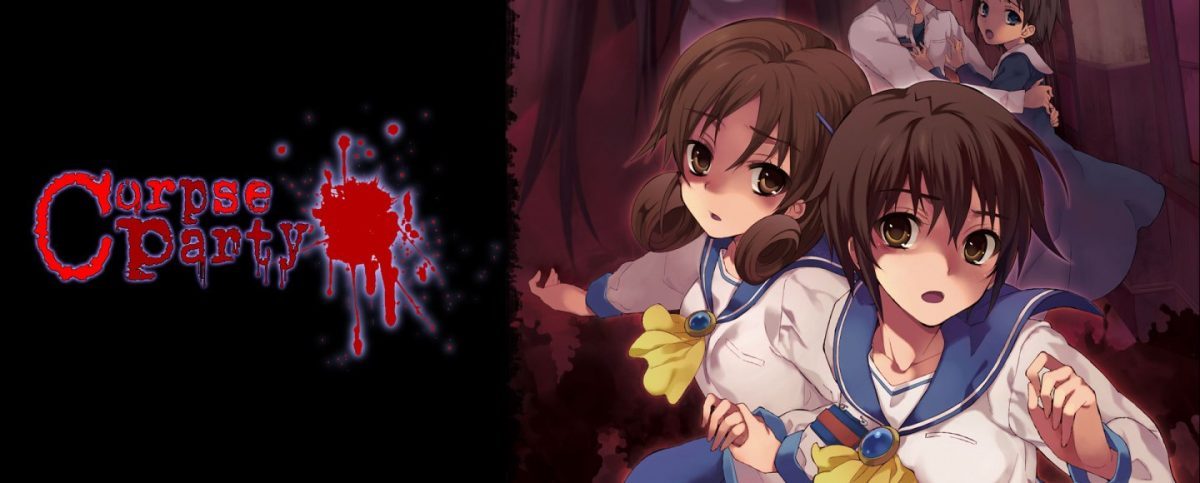
Want a bloodbath? Look no further. Based on the cult-followed video game franchise, Corpse Party: Tortured Souls brings you a four-part special anime adaptation.
When a group of friends decides to perform a rumored friendship ritual for one that is moving away soon, they all find themselves in a parallel dimension of their own inhabited by ghosts and monsters of all kinds and locked inside their school. There’s no escape and not a moment to spare as they navigate their way through the halls to try and find any clue as to where they are and how to get back home if they aren’t all mutilated beforehand.
Another (2012)
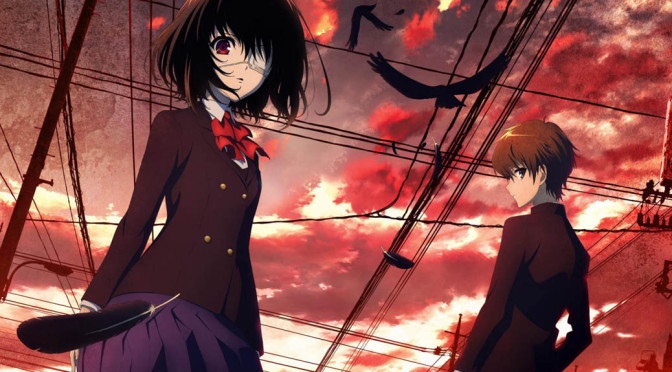
Sick of all the vampire stories that usually happen this time of year? Another has you covered, delivering a bone-chilling ghost story. In a small town in rural Japan during the late 1990s is a cursed middle school with a single class having been haunted for over twenty-five years. The third class of the third-year students each year has a ghost among them, posing as a living student. Everyone’s memories are altered, and the class roster is somehow changed to appear as if everything is normal, but…once it starts there is no stopping it.
The curse? A student or someone related to the class is fated to die every month until graduation, whether it be a teacher, a student, their family members, or their friends from other classes unless one student is treated as if they don’t exist. However, this year there is no stopping the curse at all, and so the students begin a witch hunt to try and find which student is the ghost, if not break the curse completely.
Each second has a haunting calmness to it, even during the show’s most bloody scenes. The soft, usually slow soundtrack and smooth transition to a piano ending theme of each episode only contribute to this, leaving viewers in a mix of confusion, melancholy, anticipation, and terror.
Shiki (2010)
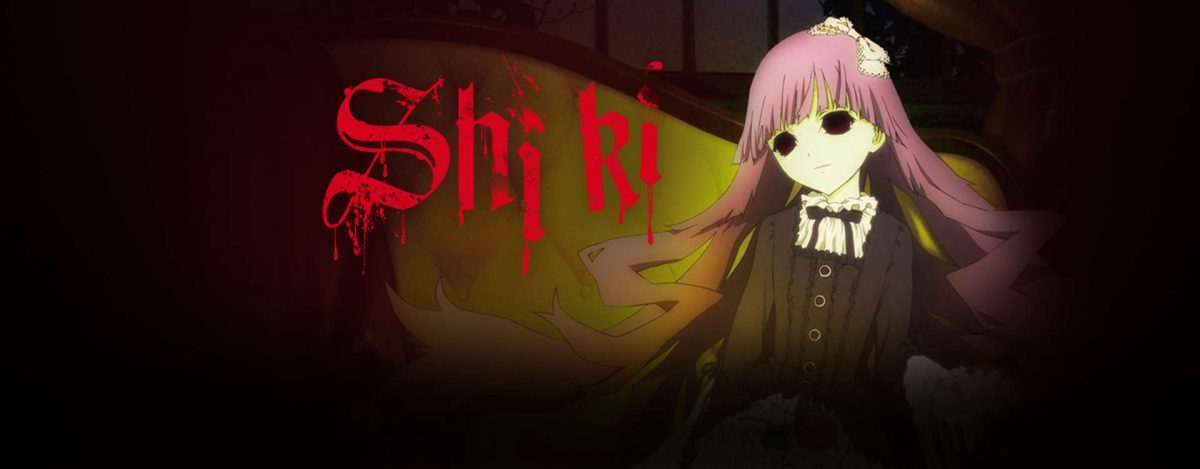
Not exactly fitting into any one sub-genre for horror, Shiki has a bit of everything in it from comedy, drama, suspense, medical mystery, and bite of life. It’s a typical vampire story taking place in a rural Japanese village in modern-day, but easy on shock imagery. Thus it’s perfect for those who scare easily.
Shiki has a slow start to it, first depicting itself almost as a coming of age romance story about a high school girl, then as a medical mystery story for the town doctor, and then as a supernatural comedy involving a group of teenagers. As the secret of the town is discovered a plague of a supposed epidemic of organ failure in their mid-summer life takes a dramatic turn, tying it all together. Truly, it is a town surrounded by death.
Goth (2008)
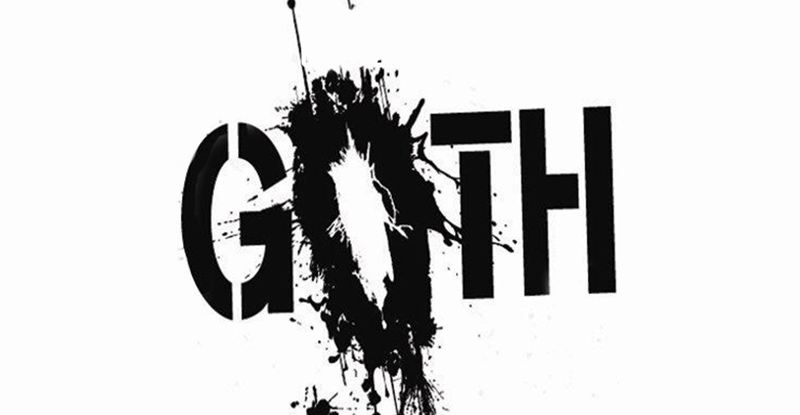
This one is a little out of place on this list if only because it was never adapted into an anime. While the actual title may come across as try-hard edgy or even pretentious, it’s not to be counted short at all.
The story was originally a lite novel that has since been adapted into a single volume manga and a live-action movie. It follows the lives of two high school students who are fixated with death. Establishing a common connection with each other, they take it upon themselves to tread the border between worlds, venturing across the city on the hunt for various criminals and following unsolved murder cases being reported. Most incidents often land them both in trouble and almost killed, themselves, while some stories end in high suspense but anti-climax.
The manga especially displays detailed, grotesque imagery of body mutilation. The story has just the right amount of leaps and bounds between moments of shock, suspense, and a sort of tragically disturbing romance between the two protagonists. Even at its most graphic moments, there is a sense of effort and passion the artist put into every page.
xxxHolic (2006-2011)
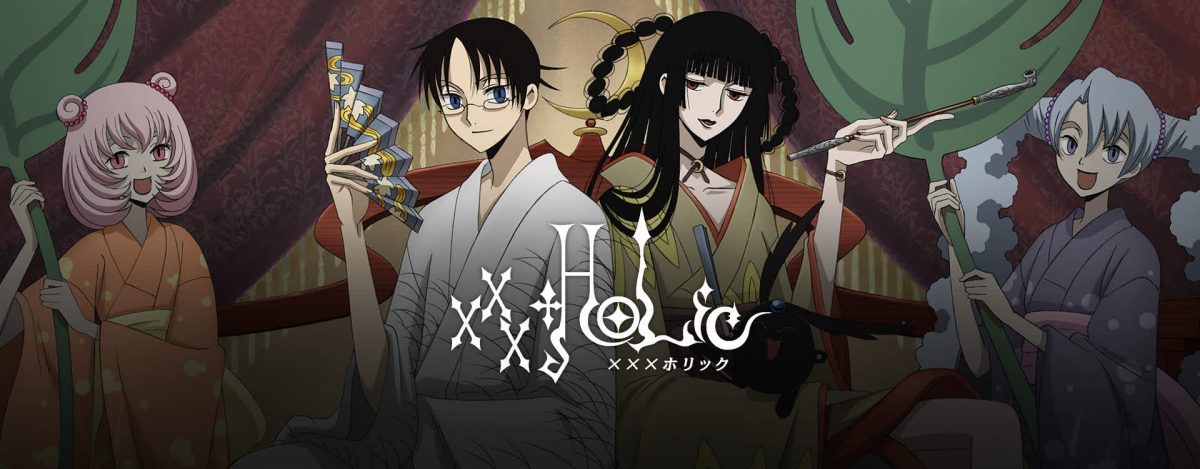
Old, but gold. xxxHolic is one of CLAMP’s classic titles from the early 2000s. Less serious than others on the list, it follows the misadventures of a high school student named Watanuki. xxxHolic is a sort of Monster-of-the-Week ordeal. He is cursed with the ability to see demons and spirits, though not exactly ever haunted by them, himself. Desperate to be rid of his ability, he takes up a part-time job working as a cook for Yuko Ichihara who specializes in granting supernatural wishes. As it turns out, Watanuki gets dragged into Yuko’s line of work. So begins his life of helping ghosts find peace.
Though coinciding with CLAMP’s other series, Tsubasa, and with canon lore connection to Cardcaptor Sakura, one does not need to be well-read of all three series to fully understand the story.
Hellsing Ultimate (2006-2012)
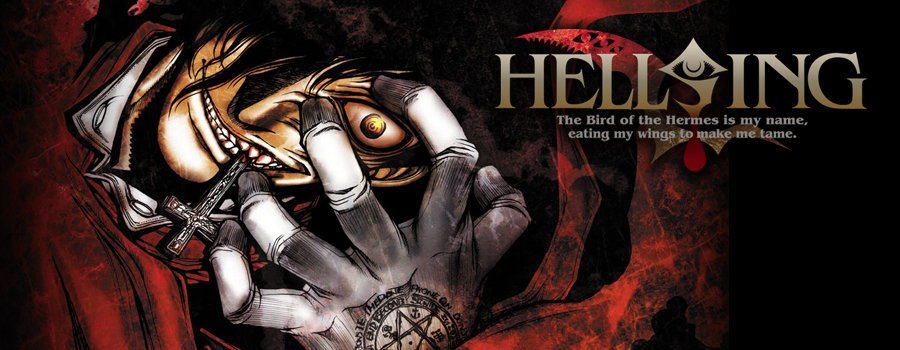
An absolute must during the spooky month. While the original 13-episode run TV anime still holds up nicely, nothing beats the 10-episode OVA series, and with a superb English voice cast to boot. It’s been mentioned and recommended to death, but for good reason! Hellsing Ultimate has been a stable horror-thriller series ever since the first OVA happened in 2006 with vibrant colors, a sharp atmosphere, and fluid animation in every sequence.
The sadistic legendary vampire, Alucard, and his newly turned underling, Seras Victoria embarks on blood-soaked adventure slaying other vampires set on their own chaotic conquest all while exterminating hordes of ghouls along the way. If not for the wicked protagonists, then the series is memorable for its absolutely vile, repulsive cast of villains so grotesque that audiences almost enjoy watching their gore-festive rampage, eager to see them get their just desserts at the end of each episode. All the classic mythos and lore is there, without it coming across as effortless storytelling or lazy world-building.
If nothing else, who wouldn’t want to see a series involving the hellish defeat and murder of vampire Neo-Nazis?
Hell Girl (2006-2017)
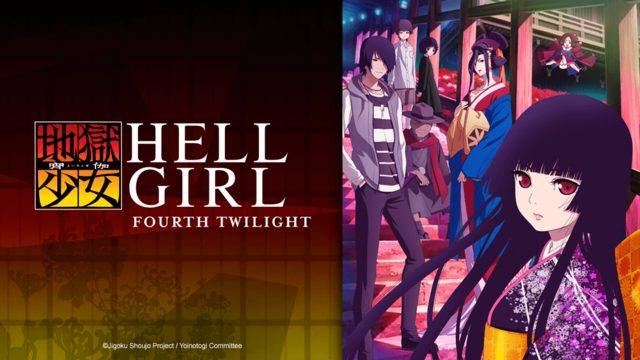
We’ve all had that one person in our life who has caused so much grief and torment; maybe even enough damage to drastically change the course of our entire lives, and wanted nothing but justice and revenge. Well…at the stroke of midnight people can access a secret website where they can send that person’s name to Ai Emma, aka Hell Girl. She’ll give them a straw doll with a red thread tied around it, and strike a deal. If they untie the thread then Ai will pull the person responsible for their troubles into the very depths of Hell, but with a price. When the sender dies (whenever it may be) their soul will also be ferried into Hell.
The choice is theirs, and several people make a completely understandable choice if not out of hatred or sorrow, then in self-defense to avoid being ax-murdered, or worse. Thou, several episodes have their twists and turns about if and who actually goes to Hell. One major point of interest is the showcased aftermath of whether or not the person’s problem at hand is ever solved, learning that Hell Girl was never the answer.
With 90 episodes spanning across four seasons and a new live-action film happening this November, Hell Girl easily has the largest amount of viewing material to binge through. Now is a perfect time to start watching.
Blood+ (2005-2006)
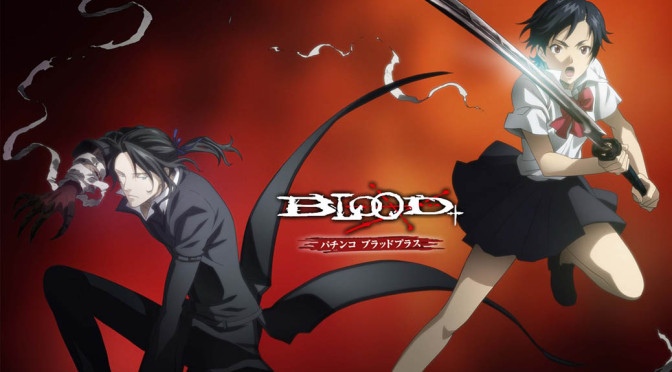
Blood+ was one anime that although everyone knew about when it was airing, it never gained full-blown popularity in the same way Death Note did at the same time. The 50-episode series held a significantly more dramatic and darkly feminine appeal. It’s vampire-demon story incorporated a strong theme of family closeness in a tragically romantic way. At times it could be bloody, gruesome, and at others tearful, sorrowful, and even joyful.
Saya Otonashi is a high school student who’s lost her memories and been adopted by a kind restaurant owner alongside her two adoptive brothers. It’s quickly revealed that Saya is actually a supernatural creature and the only line of defense against the world’s infestation of chiropteran. How? By injecting the monsters with her blood they quickly crystallize and shatter. As her journey begins, Saya embarks across the whole world with her family and her faithful guardian, Haji, regaining more of her memories with each step she takes. Wherever she goes tragedy follows, testing the bonds between her family, her connection to humanity, and her sense of duty to mankind.
Trinity Blood (2005)
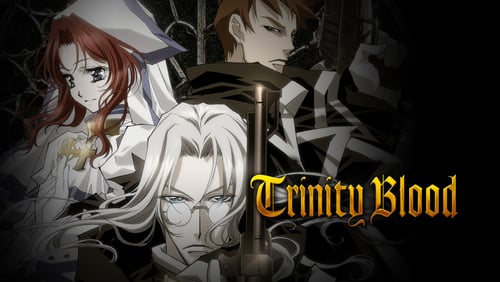
This is another series that was well known when it was originally dubbed in English but is probably starting to slip from common knowledge as the years pass on. Trinity Blood starts off as another, almost generic vampire hunter anime with heavy religious influences and classic vampire lore, but with one little twist.
Vampires eat humans. So what if there was something higher up on the food chain that ate vampires?
As the story pans out, themes from bio-experimentation, apocalyptic human mass extinction, civil war, and space travel (yes, seriously) come into play. With a colorful and sometimes goofy cast of characters, Trinity Blood is able to make a complete 180 from where it opens, sure to leave a lasting impression for today’s first-time viewers.
Le Portrait de Petit Cossette (2004)
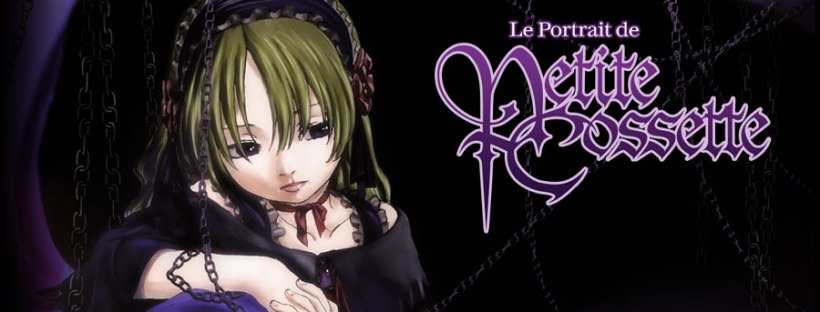
As far as obscurities go, there probably isn’t one as lost to time as this. The series only had three OVA specials which inspired a very short two-volume manga adaptation.
Le Portrait de Petite Cossette is about a college student named Eiri Kurahashi working in an antique shop, believing that there is a soul inside everything the shop owns. His particular interest is a stained wine glass in which he sees a girl’s reflections and falls in love. One night Eiri finally makes contact with her and learns of her tragic passed, being murdered by her lover and her soul becoming trapped within the wine glass. To free her spirit, Eiri agrees to help lift her curse by paying for all the sins of her murderer, centuries ago.
Built on psychological horror, demonic sequences, and topped off with an absolute hypnotic soundtrack, Le Portrait de Petite Cossette is a title well worth devouring in a single night.
Ghost Stories (2000)
Okay so maybe this doesn’t really need to be on the list, but if nothing else it still fits with the supernatural theme. It’ll be the perfect thing to watch in the event you decided to take a break and need a laugh. Famous, or rather infamous for a plot shallower than a country club sprinkler pool, Ghost Stories’s dub is where the real Halloween candy is.
If you decide to make a drinking game out of it I wouldn’t expect to last longer than two episodes, max. Legend says that surviving all twenty episodes guarantees you to transcend from human life and be featured in your very own Ghost Stories OVA.
Mr. Arashi’s Amazing Freakshow (1992)
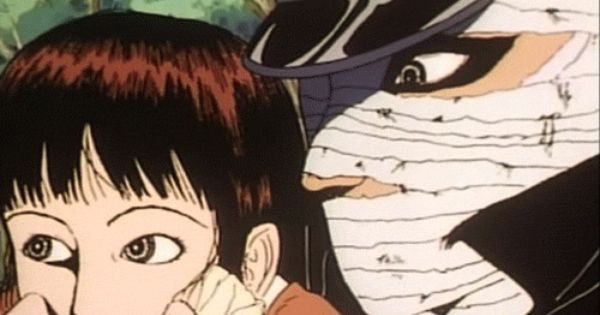
Definitely not for the faint at heart, or a weak stomach, Mr Arashi’s Amazing Freakshow, (sometimes known as Midori, or Shojo Tsubaki) is a cult classic that even the most strong-minded horror fans can’t handle. The film which was based on the manga with the same was considered so disturbing that it was banned from leaving Japan for several years, and even partially destroyed by government officials and theaters for depicting illegal imagery at the time.
The story is about an innocent 12-year old poverty-stricken flower girl whose mother passes away. With nowhere to go, Midori joins a traveling freakshow on the impression that she is to be a caretaker for the carnival freaks. Through the course of the story, she is repeatedly abused, sexually violated, and forced to perform gut-turning gore-fetish acts as part of the show. A noteworthy scene involves her being forced to eat an eyeball on stage.
All hope is not lost for Midori, though. When a magical dwarf named Matsumitsu comes to her aid, she just might be able to escape her hellish reality and find happiness at long last.
Essentially it Japan’s own Cannibal Holocaust.
If you’ve seen every other title on this list or not- perhaps it’d be best to start with the manga or the severely watered down 2016 live-action before challenging the 1992 anime.
Vampire Hunter D (1985 / 2000)
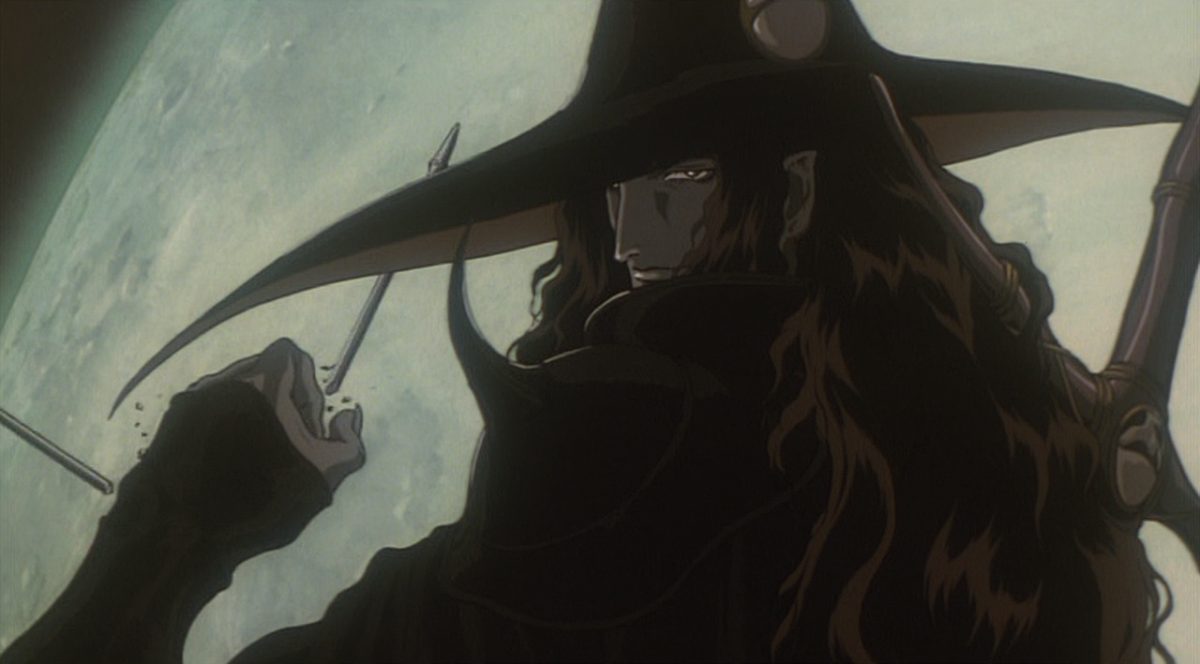
Classic Japanese horror cinema, and one that any anime fan should watch at least once in their lifetime. Surely everyone has at some point seen the long array of black spine Vampire Hunter D novels at their local bookstore, each with a Yoshitaka Amano illustration on the cover. While there has not been an anime (yet), fans can be eternally grateful for the incredibly faithful 1985 film adaptation of the first novel.
The 2000 film based on the third novel, subtitled Bloodlust holds up just as beautifully, if not better than as its predecessor for its seamless blend of sharp CG camera angles and traditional animation.
Each film focuses on D’s latest assignment, traveling to a new village to exterminate a powerful vampire that has been terrorizing the locals and kidnapping a beautiful women. While neither really offers much in terms of political commentary that can be exactly what makes both movies such a timeless classic 20-35 years later. Sit back and enjoy two incredible works of anime cinematic history.


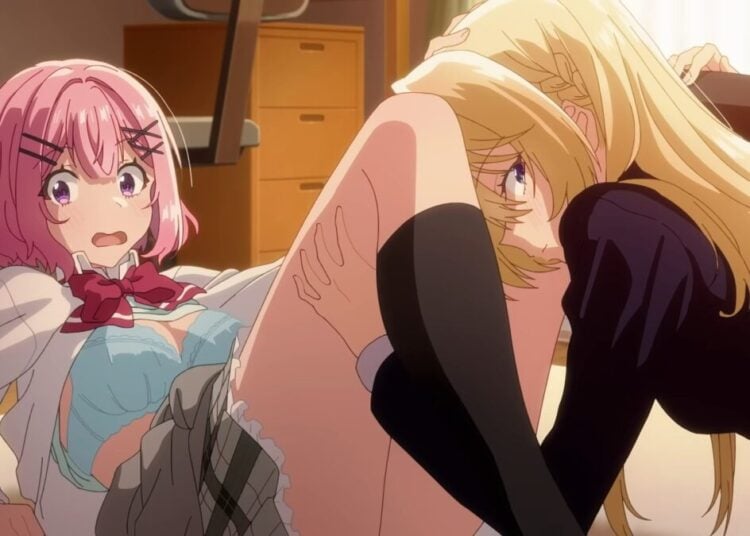
![Sawaranaide Kotesashi Kun Episode 12 [END] Featured Image](https://blog.jlist.com/wp-content/uploads/2025/12/Sawaranaide-Kotesashi-kun-Episode-12-END-Featured-Image-750x536.jpg)










